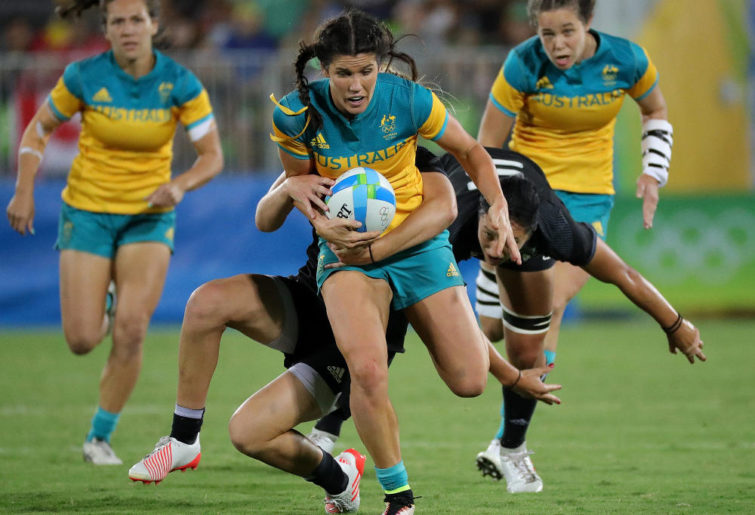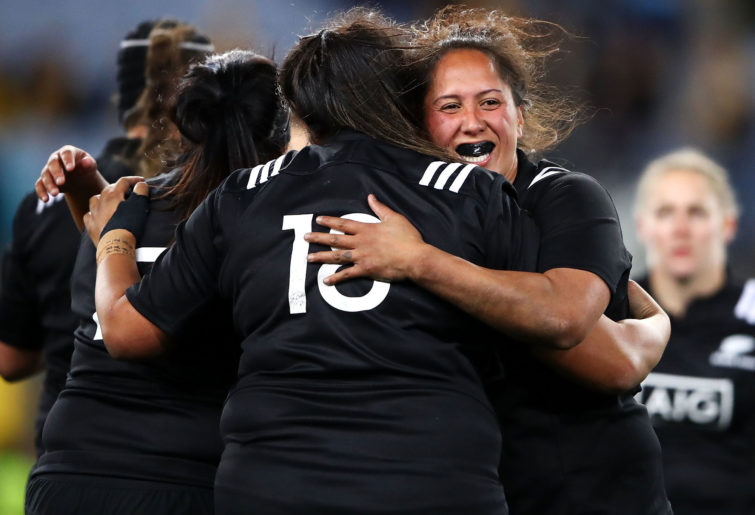In my mid-teens, I used to take a train to school in London. The experience of disembarking at Victoria Station was a frenzied, chaotic one – even at 8am. Hundreds of people pressed up against the doorways, trying to escape the all-encompassing smoker’s smog in the carriages as quickly as possible.
Frequently, it took many minutes to pass through these choke points. Once you’d finally set foot on the platform itself, you could take a breath of much-needed fresh air, but that’s where the feeling of relaxation ended. The speed of progress itself seldom improved. The mass of humanity waved from side to side, or stood stock still, as much as it made forward progress.
After sufficient repetitions, I began to realise that a mass of heaving bodies always tended to move at the speed of its slowest member. You could tack across until you shot forward in a gust of rapid walkers – but just one or two travellers bent double by luggage was enough to put a stop to that. Suddenly you found yourself becalmed again.
The same principle holds true in sporting activity. A team tends to progress at the speed of its weakest link. A union or governing organisation has to move forward as one body, or not at all.
What this means for Rugby Australia is all aspects of the game have to receive equal care and attention as rugby evolves in the country. The Wallabies, sevens and age-group sides, and the women’s fifteens representatives, the Wallaroos.
There have already been some promising green shoots of growth with the recent success of the Australian under 20s side at the 2019 World Championship, but the women’s game needs more support.
Global growth rate in the women’s game is phenomenal. World Rugby has charted the registration of half a million new female members year on year. By 2026, it estimates that 40 per cent of all rugby players will be female.
The Australian response to the growth of women’s rugby has been Jekyll and Hyde in nature. The sevens team have a much higher profile than the XVs, having won the gold medal at the 2016 Olympics. The Wallaroos have suffered by comparison, with a semi-final loss at the 2010 World Cup their highest finish in six attempts.

Charlotte Caslick was instrumental in Australia’s Rio 2016 success. (AP Photo)
The process of building a meaningful national competition at provincial level has also been painstaking. The traditional powerhouses of Queensland and New South Wales dominate, winning seven of their eight matches in the 2019 Super W. Neither lost a game to the other three representatives from Victoria, Western Australia and the ACT.
The Melbourne Rebels lost all four of their games by an average score of 5-71, and like their male counterparts struggle to compete in an AFL-dominant sports market. While participation numbers are up 20 per cent after the inaugural Super W competition in 2018, the process of reflecting increased interest in terms of concrete results remains problematic.
It is the same issue for the national XVs, where the Wallaroos lost their double-header against New Zealand by a combined score of 84 points to 18 last year. Somehow, the increased flow of numbers into the sport has to be channelled into the fast-stream of success for the national team. Administrative choke points need to be avoided.

(Photo by Mark Kolbe/Getty Images)
This is an area in which advances are happening quickly in England, where no fewer than 28 women are now on full-time RFU contracts to play the long version of the game. Within that elite group, the female arm of six established Premiership clubs are represented (Gloucester, Harlequins, Bristol, Saracens, Bristol, Wasps and Worcester).
Compare this to Australia, where a Wallaroo can only expect to receive the $1000 match payment and a further $500 for training. A Super W player gets compensated for their travel costs to and from a game, nothing more.
Full-time contracts help attract athletic talent to the sport. A better talent base translates to more success, which in turn raises the profile of the sport as a whole and means higher participation numbers. Almost 18,000 highly motivated supporters watched the recent 2019 Women’s Six Nations match between France and England, a record attendance.
One of the brightest talents in the English game is Bristol Bears’ tighthead prop Sarah Bern. At over 90 kilos, she can hold her own in the scrum, but it is her ability in play outside the set-piece which stands out and illustrates just how quickly the women’s branch of the sport is growing.
In the Six Nations game against Wales at Cardiff Arms Park, Bern forced one fumble and recovered two others. The following defensive contribution was typical:
Bern reads the pass to the Wales loosehead prop quickly and rushes up fast to disrupt it. She is then on hand to clean out the same opponent at the ensuing turnover ruck.
It is, however, Bern’s work with ball in hand that represents her true point of difference. England like to find running and handling scenarios for her, even if that means bracketing her with the backs out wide:
In the first example, Bern makes the first of two nice link passes between the forwards in England’s middle pod, then follows up with another double involvement to get over the tackle ball downfield. In the second, she is trusted to have the speed and hands to play with the England outside centre and winger in left 15-metre channel.
Bern scored two tries in the game, and could easily have had a third at the start of the second period. She has the power needed to dominate opponents close to the goal-line:
Bern is running from in to out, at the kind of angle defences explicitly want to take away so close to their own line. Nonetheless, she makes more than half of her yardage after contact.
She had already performed that trick for her first try in only the third minute of the match, running through three more tackles after the initial challenge was beaten:
It’s the little subtleties that count, like Bern’s ability to take the in-pass one-handed and stay square to the defence, losing no momentum on the carry.
Bern’s two most significant involvements were yet to come:
Here Bern is on the end of the pass rather than making the delivery. A late change of angle beats the Wales number 8 on the line, quicker feet than any prop should by rights enjoy takes care of the fullback, and a switch of the ball to the opposite hand allows the final fend on the cover defender. These are the actions of a great all-around footballer – ‘not just a prop’ – and they belong to the rapid evolution of the women’s game.
This final example demonstrates the same instinctive footballing ability, this time from the more revealing angle behind the posts. The beauty lies in the alteration of Bern’s line to beat the second (downfield) defender – she steps right and shifts back left to stay on a precise north-south plumb-line drawn from the spot of the original break, delivers the pass off her left hand and then stays alive in support.
Summary
Rugby’s future will feature an ever-increasing accent on what up until now has been considered its supporting cast: sevens and all forms of the women’s game. In order to achieve lasting success, Rugby Australia needs to be fighting battles on all of these fronts simultaneously.
It needs to be fighting battles ‘in 3D’ – at age-group level, in both sevens and XVs, and in both the men’s and women’s versions of the game.
Women’s rugby may turn out to be most important avenue of all, as one of the most fast-moving sports participation streams on the planet. Can RA compete for the talent being attracted to the sport, and can it afford to contract it on a full-time basis? That is what is already happening in England.
International games in the north are beginning to draw crowds of nearly 20,000 observers, and it is not too complicated to figure that we may soon be moving into the era of the international double-header, with a men’s and women’s version of the same contest on the same afternoon menu as standard practice – whether it is England versus Wales or Australia versus New Zealand. The administration of the women’s game in Australia has to be able to sustain that development.
Sooner or later, men and women will be paid the same amount of money to play the same game, it is just a matter of time. Women’s rugby is already attracting highly talented athletes like Sarah Bern, and the spectacle she, and others like her, provide will become ever more alluring to broadcasters in the future.
Somehow, Australia needs to find a way to compete effectively in that expanding market – to find the fast track, and avoid the choke points on the stations to success.






























































































